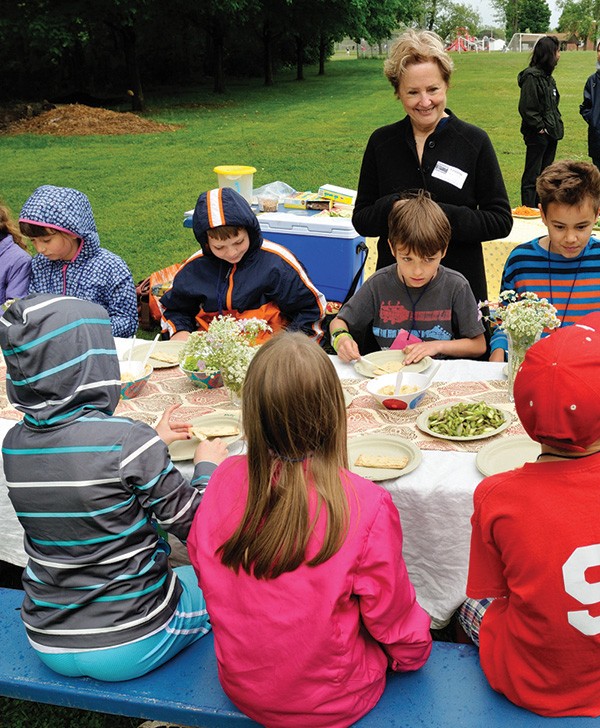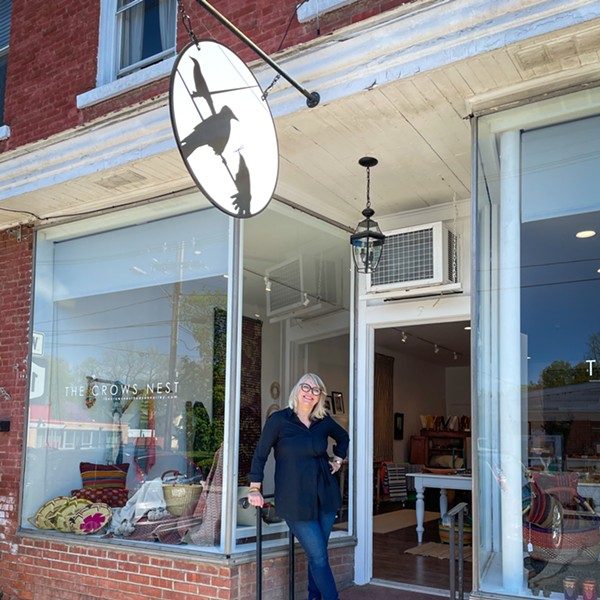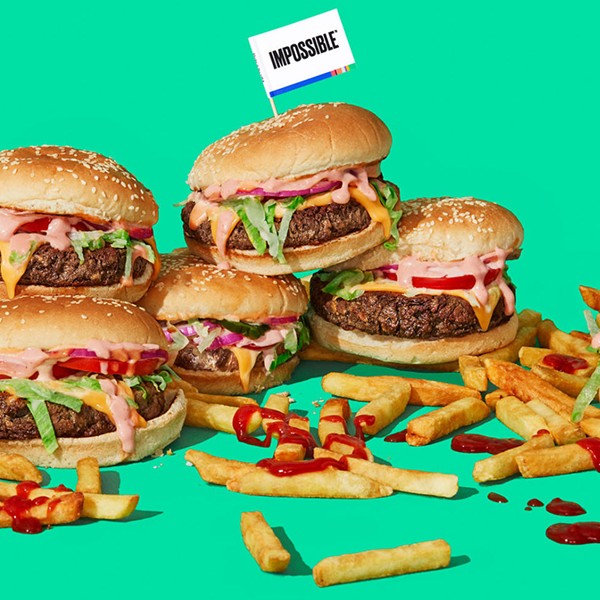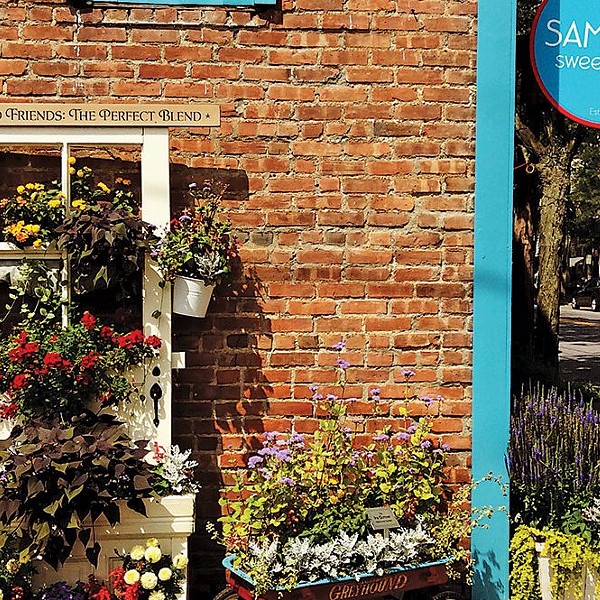IV. The school garden movement, born of practicality in 1891, flourished during both World Wars. During WWII the Food for Freedom campaign successfully left us with what we now call Victory Gardens, and it was a time when Americans ate more fresh fruits and vegetables than any other before or since. There was a resurgence in gardening during the environmental movement of the 1960s. But the recent trend, since the 1990s, can be credited to an interest in progressive education.
Caitlin Flanagan, writing for The Atlantic, makes the contentious argument that school gardens detract from the more important learning that goes on during book work and that, particularly for minority populations and the children of immigrants, it’s a belittlement of the American dream, where students are taught to work the fields rather than achieve academic success. “The suicidal dietary choices of so many poor people are the result of a problem, not the problem itself,” she writes. “The solution lies in an education that will propel students into a higher economic class, where they will live better and therefore eat better.”
But for the kids at Mill Road Elementary, the proof is in the perennials. “There’s more enthusiasm and positive energy behind what they’re doing,” Kurlander says, “so the curriculum connections we make are more real.” For example, when the kids at Mill Road learn Native American legends in fourth grade, they also do a planting of the Three Sisters (corn, beans and squash). When they come back in the fall for fifth grade, they see the way the plants grow together. The connection with the legends is stronger, Kurlander notes.
All the organizers involved with Mill Road’s garden refer to Paffendorf’s muse, the mother of the farm-to-school movement, Alice Waters, a California chef who pioneered a garden classroom at Martin Luther King, Jr. Middle School in Berkeley, California, seventeen years ago. As Waters told Jamie Rose for the New York Times, “[Kids are] learning a very troubling set of values at the same time that they’re getting their [fast food] hamburger or eating in the car. They’re learning that food should be fast, cheap and easy; it should be available 24 hours a day; and that resources are infinite. It’s a very narrow view that we have of the most important activity of our lives.”
“With the health crisis in our country, which is targeting our children, learning to think about what you’re eating and care about your own health are solutions,” Paffendorf says, “Caring for the bigger picture in life probably starts there. You’re more likely to care for your friends, community and the greater environment, too.”
It’s Waters’ Edible Schoolyard Academy that Paffendorf, Wittek, Walker and Kurlander attended through grants. They hope to send more teachers there this June. Wittek, whose airfare and hotel were paid by a private benefactor, says, “Every waking moment of your day is jam packed full, but you walk away so energized.” With classes like food prep, growing hybrid fruit, and curriculum integration, the Academy offers a multitude of inspiration for established projects with a focus on sustainability. And they’re implementing a lot of that learning here in Red Hook. For instance, there’s a ramada at Mill Road Elementary. It’s the centerpiece of the garden, offering shade to outdoor classes and plantings to nibble, and Mill Road’s is dedicated to Lydia Cordier.
In terms of Red Hook’s middle and high schools, they’re already involved with Mill Road’s garden. A woodworking class at the high school designed and built a supply shed, installed next to the garden. The math classes are doing lessons where the middle and high school garden is staked out. “With the elementary school,” Kurlander says, “Tricia brought the idea of the garden. But the teachers at the middle and high school came to us.” They have big plans for what they’ll do with it. Educators and students from the middle and high schools will be meeting with the Harvest Hudson Valley team to design and implement the new garden. They’re taking its implementation slowly, allowing for a long planning stage. Paffendorf notes that, as with the garden at Mill Road Elementary, getting everything in place for ground breaking also requires equal amounts of relationship-building and garnering support. And she’s confident that the process will lay down infrastructure for a sustainable future. Paffendorf remarks, “It’ll be wonderful to carry this from elementary to middle and high school in the district, so students will always have that connection.”

















